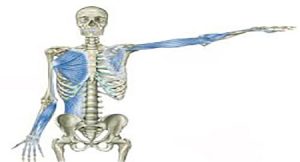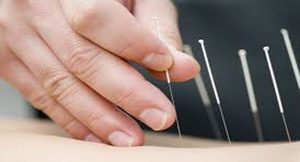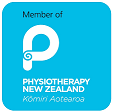
By Stephen Heron – Senior Physiotherapist
When we think of the human body we usually picture our skeleton or perhaps a body of muscles. But the most thorough and plentiful tissue in the body is our fascia.
Our bodies are made up of about 70 trillion cells. All of these cells are in constant motion working behind the scenes to keep us going and fascia is the biological fabric that holds us all together. So what is fascia? Fascia is a layer of fibrous connective tissue which structurally binds us together and it is everywhere both supporting things such as our muscles, skin, visceral organs, nervous system and blood vessels and binding them all together.
Take a look at the video below explanation of fascia where Gil Headley describes fascia as ‘fuzz’.
So fascia connects us together and as the video discusses, when we either experience pain, an injury, or we limit our normal daily movements, the fascia adapts by holding things more rigidly. Often this is helpful in the early stages of healing to offer support while our body heals, however, if normal movement is not resumed at an appropriate time this early adaptive behaviour by our fascia becomes maladaptive and can even lead to pain in areas where you are stiff or even elsewhere in the body.
It is therefore of great importance for us to be aware of healthy movements both within our normal daily routine and especially following pain or injury. When we stretch, exercise and move we are influencing more than just our muscles. Through the fascia our bodies have a wonderful way of adapting to whatever we repeatedly do.
So are you moving healthy?
If you want to know more then get in touch. Moving well doesn’t always need to start after injury. We see people all the time that want to learn how build healthy moving habits.
















